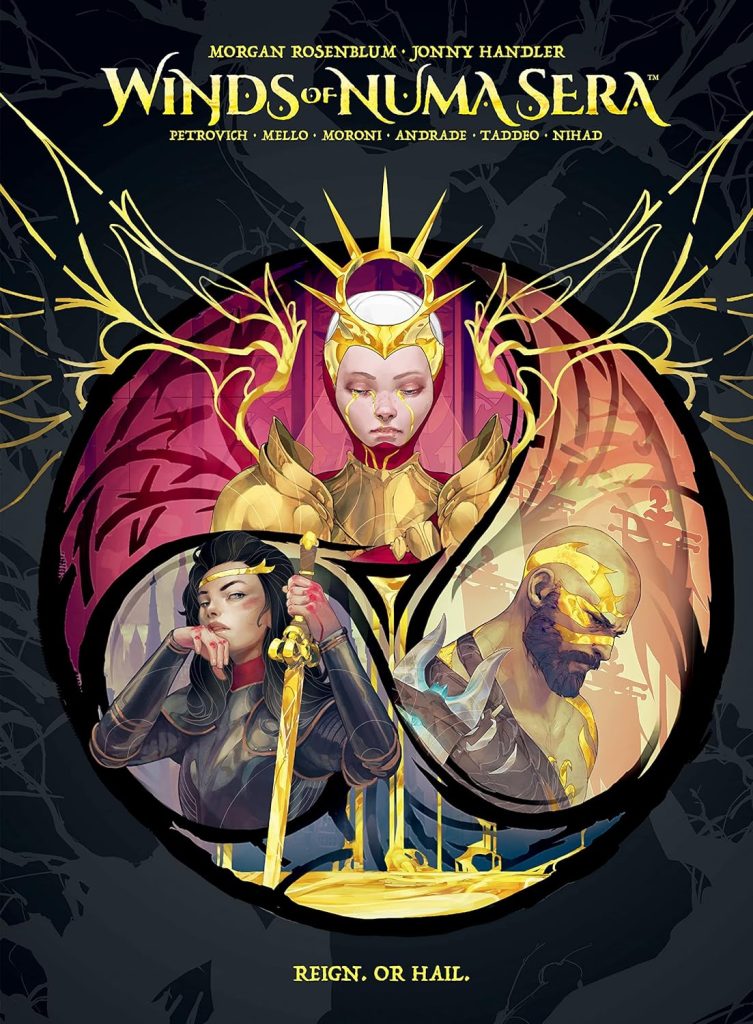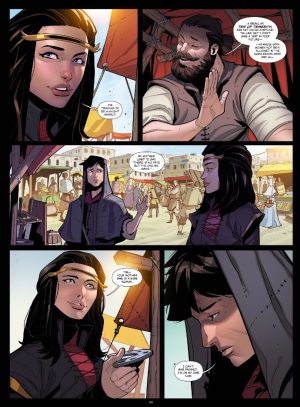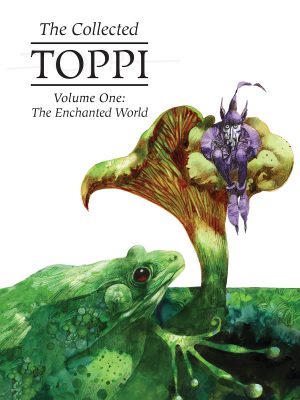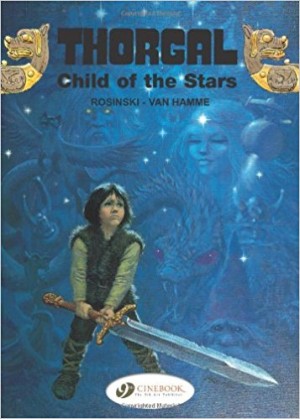Review by Colin Credle
Writers Morgan Rosenblum and Jonny Handler have an ambitious medieval fantasy tale to tell. The land of Numa Sera, which means “one true kingdom”, is building its empire as political wrangling continues among its leaders and royalty, yet Empress Lelia is only 12 when she inherits the reins of power. In the far north, the warriors of Siaa De’e fight to survive against environmental degradation and the melting of their permafrost bridges. Siaa De’e Warrior Sjorsa hopes to lead his people in resolving these intractable challenges to their traditions, but in the short term he must survive battles with unfamiliar opponents.
Kelesandra of Dena Vale sets out on a mission of mischief with unintended consequences, unknowingly setting in motion another story arc. Jorma from the Sion City of Meran was once a warrior, but now works as a slave in the large city of Pryth. The town of Lemoelle is caught short on expected payments to Numa Sera, revealing ongoing corruption in the heart of the empire.
We follow several distinct heroes, each being influenced, impacted and challenged by the birth and throes of empire. Four artists contribute, with the art reminiscent of Dungeons & Dragons in a good way – dramatic, bright and exhibiting great imagination. One artist is starkly yet effectively different, with a brighter overall palette accentuating the desert and the features of the people, but as artists aren’t individually credited, putting a name to the pages isn’t possible. The book itself is published in an 8” x11” format giving room to the alluring artwork with large pages, but unfortunately, after two or three readings the binding can show signs of wear and tear.
The most alluring plotline is that of Kelesandra and a fugitive Squire, Cole. It starts as he overhears two Council members of Numa Sera brag that the previous King did not simply die but was poisoned and is framed for murder by members of the King’s Council who are seeking to locate and eliminate him. It’s in Cole’s best interest to get out of town, so he hides on Kelesandra’s wagon when she departs. Kelesandra’s storyline ventures further and deeper than simply setting the stage. There is some great world building overall, but Kelesandra and Cole the Squire are the first characters we get to know well enough to care about.
Rosenblum and Handler are clearly attempting to build a long-term franchise from scratch, building a robust website, a board game, and efforts to reach into other media outlets. It’s an enjoyable read with some real cliff-hangers leaving readers excited by the well-constructed world, but also left wanting to know what will happen next. It’s like getting your plate taken away after your first tasty bite – all the characters are intriguing, if not sometimes recognizable from fantasy tropes, and it’s agreeable to read the struggles of our heroes in the absence of any polemics and agendas. There are strong female characters, but not with any discernible agenda, their strength a result of struggling not because they’ve been unceremoniously dumped into the story in a preachy, forced way. It works as their struggles are consistent with the events, the established traditions and contribute to some great story telling. Overall, Winds of Numa Sera succeeds in setting up a platform for a captivating, juicy story. Now that we’ve arrived there, we need another bite.





